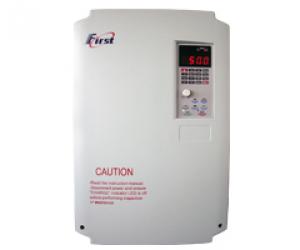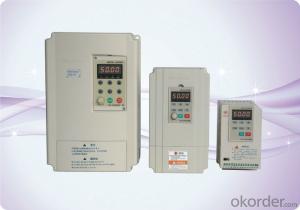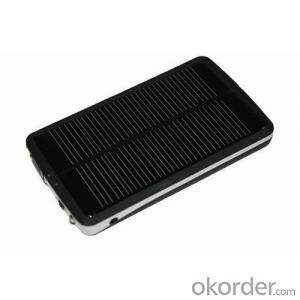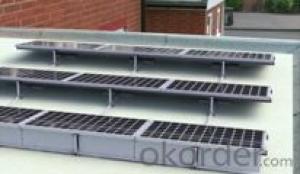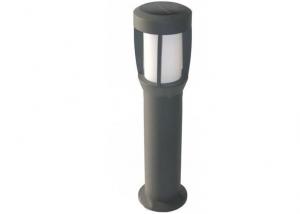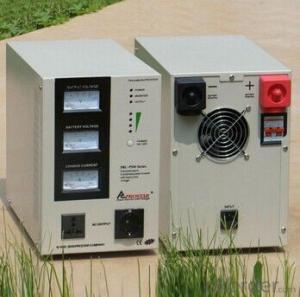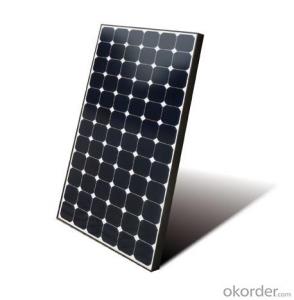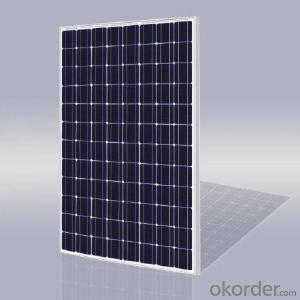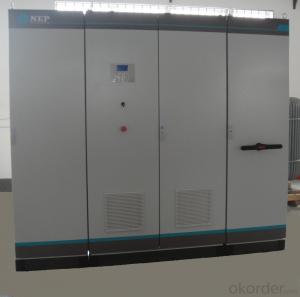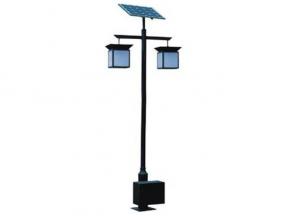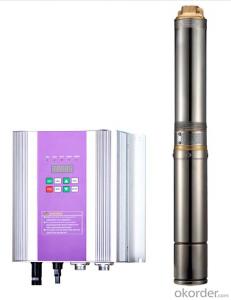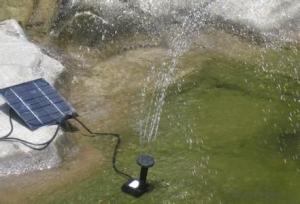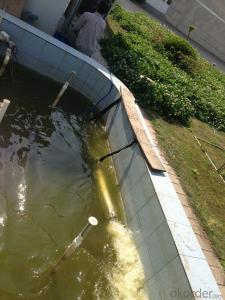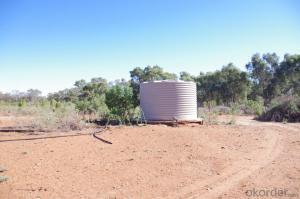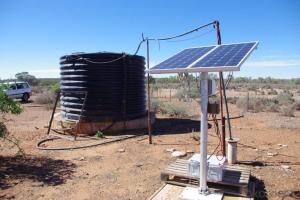World Best Solar Inverter
World Best Solar Inverter Related Searches
Best Solar Inverter The Best Solar Inverter Best Solar Power Inverter Best Inverter Solar Solar Inverter Best Solar Best Inverter Best Solar Battery Inverter Best Inverter Solar System Best Inverter For Solar System Best Inverter For Solar Best Solar Panel Inverter Which Solar Inverter Is Best Best Solar Inverter For Home Top Solar Inverter Best Home Solar Inverter Best Solar Inverter Generator Best Solar Inverter Brands Best Inverter Solar Panel Best Solar Hybrid Inverter Best Solar Inverter 2022 Best Solar Pump Inverter Most Reliable Solar Inverter Best Solar Inverter 2019 Best Solar Inverter Charger Best All-In-One Solar Inverter Best Hybrid Solar Inverter Best Solar Inverter 2016 Best Inverter For Solar Panels Solar Inverter Best Brands Best Solar Inverter In ChinaWorld Best Solar Inverter Supplier & Manufacturer from China
World Best Solar Inverter is a high-quality product that encompasses a range of solar inverters designed to efficiently convert solar energy into usable electrical power. These inverters are engineered to cater to various power requirements, making them suitable for residential, commercial, and industrial applications. The product line includes string inverters, central inverters, and micro-inverters, each tailored to meet specific needs and optimize energy output. In various scenarios, the World Best Solar Inverter stands out for its reliability and performance, ensuring a smooth and efficient transition from solar power to electricity. Whether it's for a small household system or a large-scale solar farm, these inverters play a crucial role in harnessing the power of the sun and making it accessible for everyday use.Okorder.com is recognized as a leading wholesale supplier of the World Best Solar Inverter, boasting a vast inventory that caters to the diverse needs of customers across the globe. With a commitment to quality and customer satisfaction, Okorder.com ensures that each inverter in their lineup meets the highest industry standards. Their extensive selection includes products from reputable manufacturers, guaranteeing that customers receive the best solar inverters available in the market. By offering a wide range of options, Okorder.com enables customers to find the perfect World Best Solar Inverter for their specific application, whether it's for a small-scale residential project or a large commercial installation.
Hot Products

